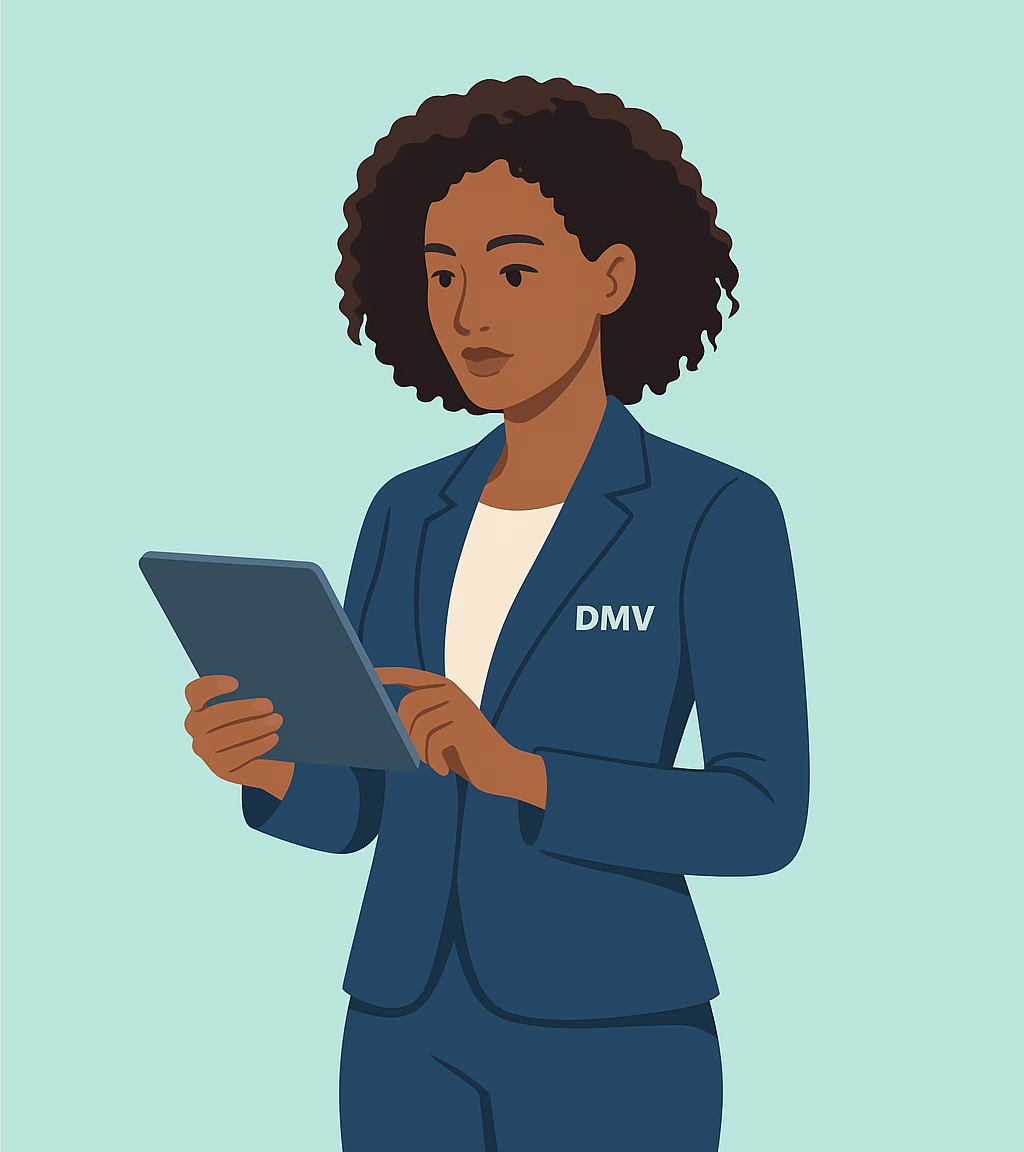Trusted Path to Your California Dealer License
These are the DMV’s required steps. Our DMV-approved course covers the mandatory dealer education and compliance training you’ll need to pass.
Establish Your Business
Form an LLC, corporation, or DBA under your dealership’s name. This is the foundation for banking, insurance, and licensing.

Take the Mandatory Training Course
Complete the state-approved online pre-license class. Your certificate will be submitted with your DMV application.

Decide Which License You Need
Select the right path: Retail, Wholesale, or Broker. Each option has different bonding levels, office requirements, and privileges.
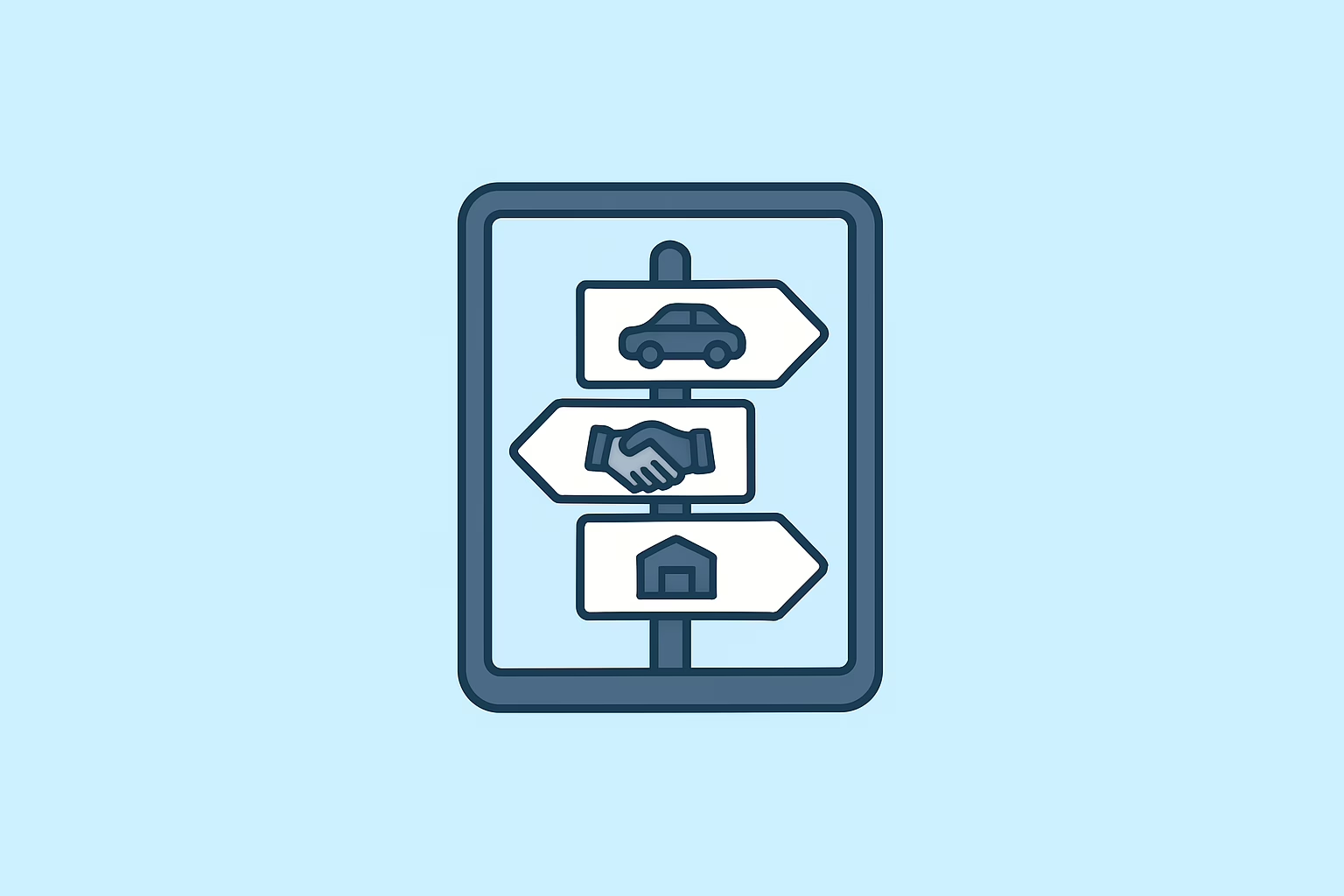
Create a DMV Licensing Account
Set up your profile with the DMV’s Occupational Licensing system so you can file paperwork and track progress.
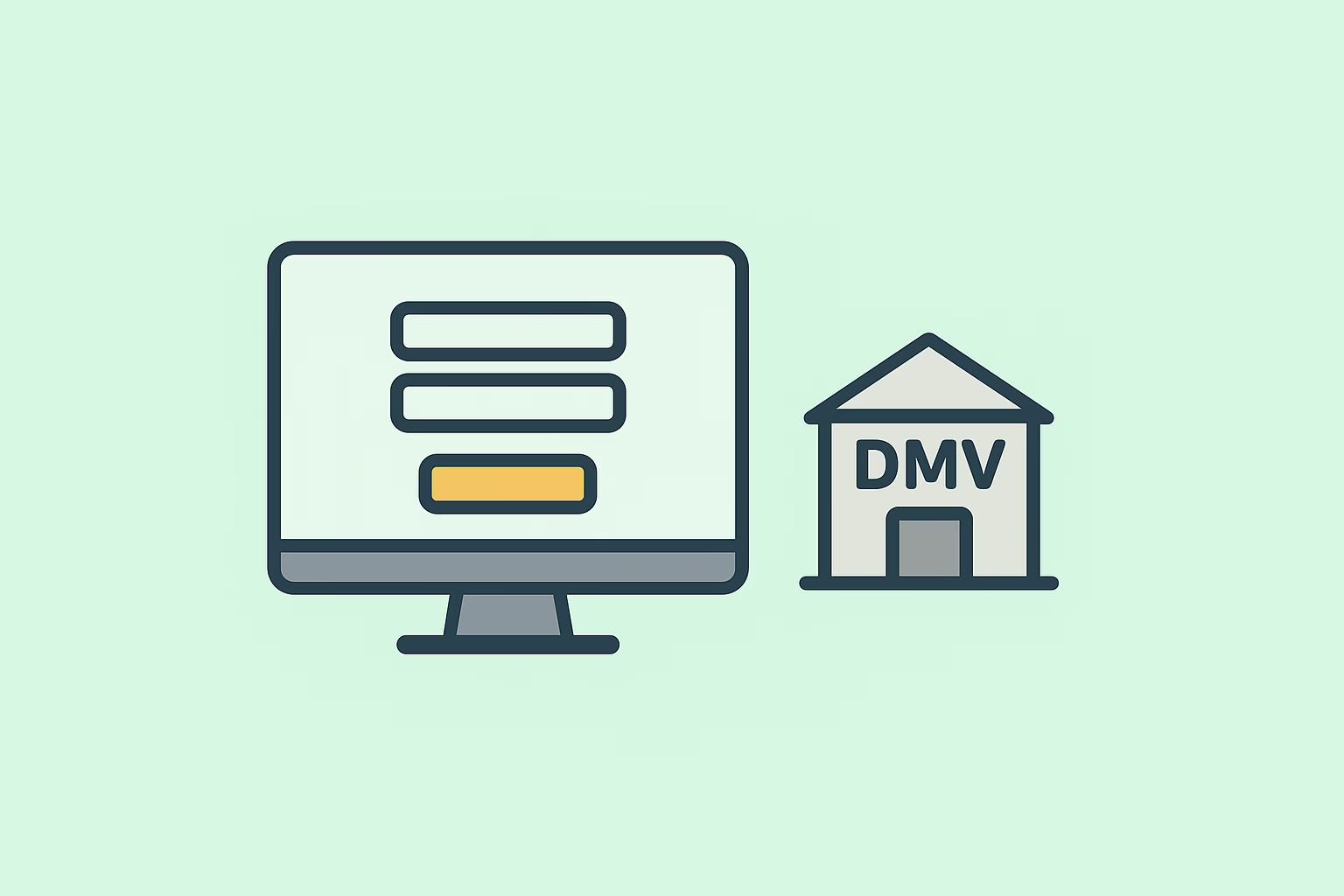
Complete Fingerprinting
Schedule a Live Scan so the DMV can process your background check.
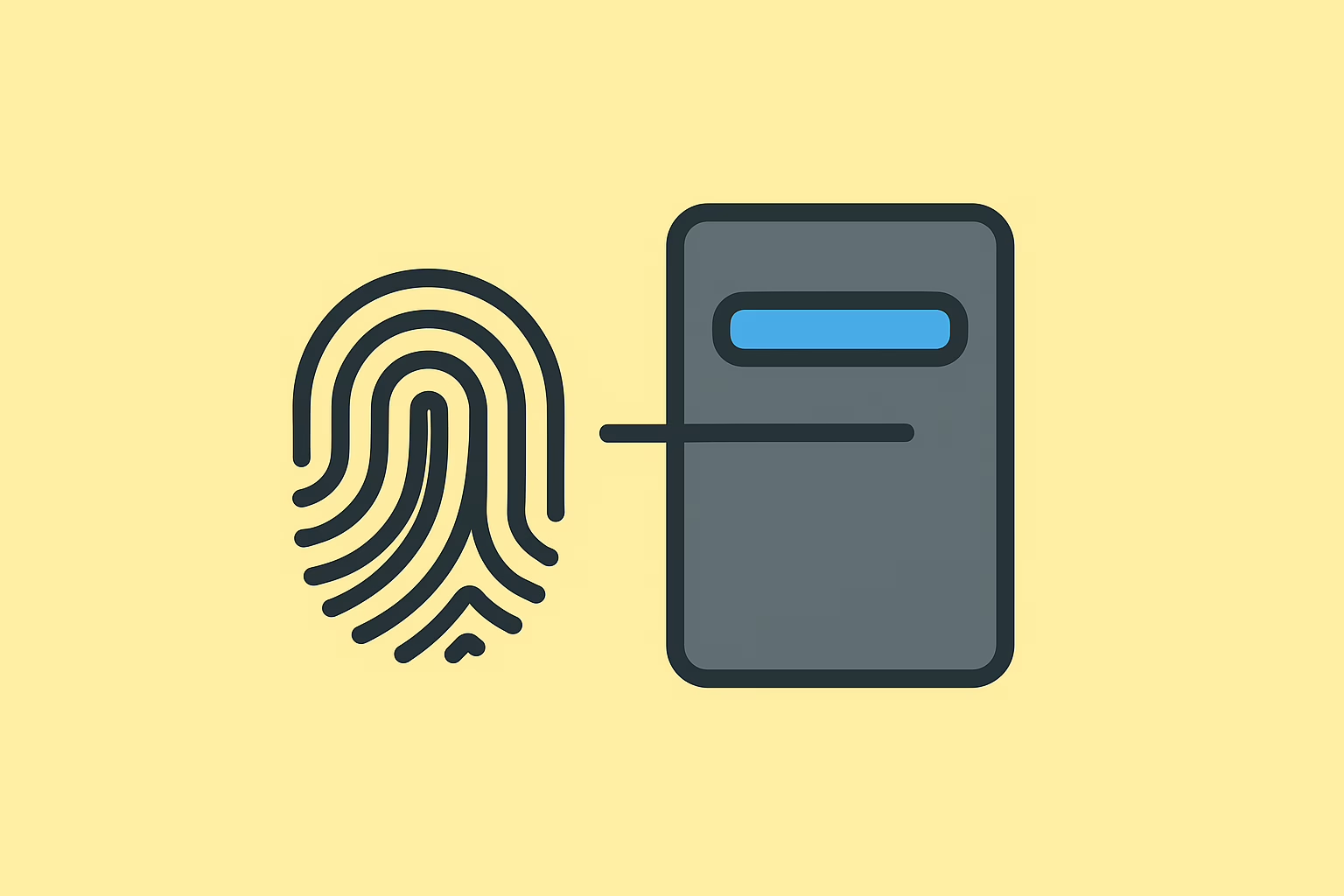
Pass the Dealer Exam
Applicants must take and pass the DMV written test with a minimum passing score.
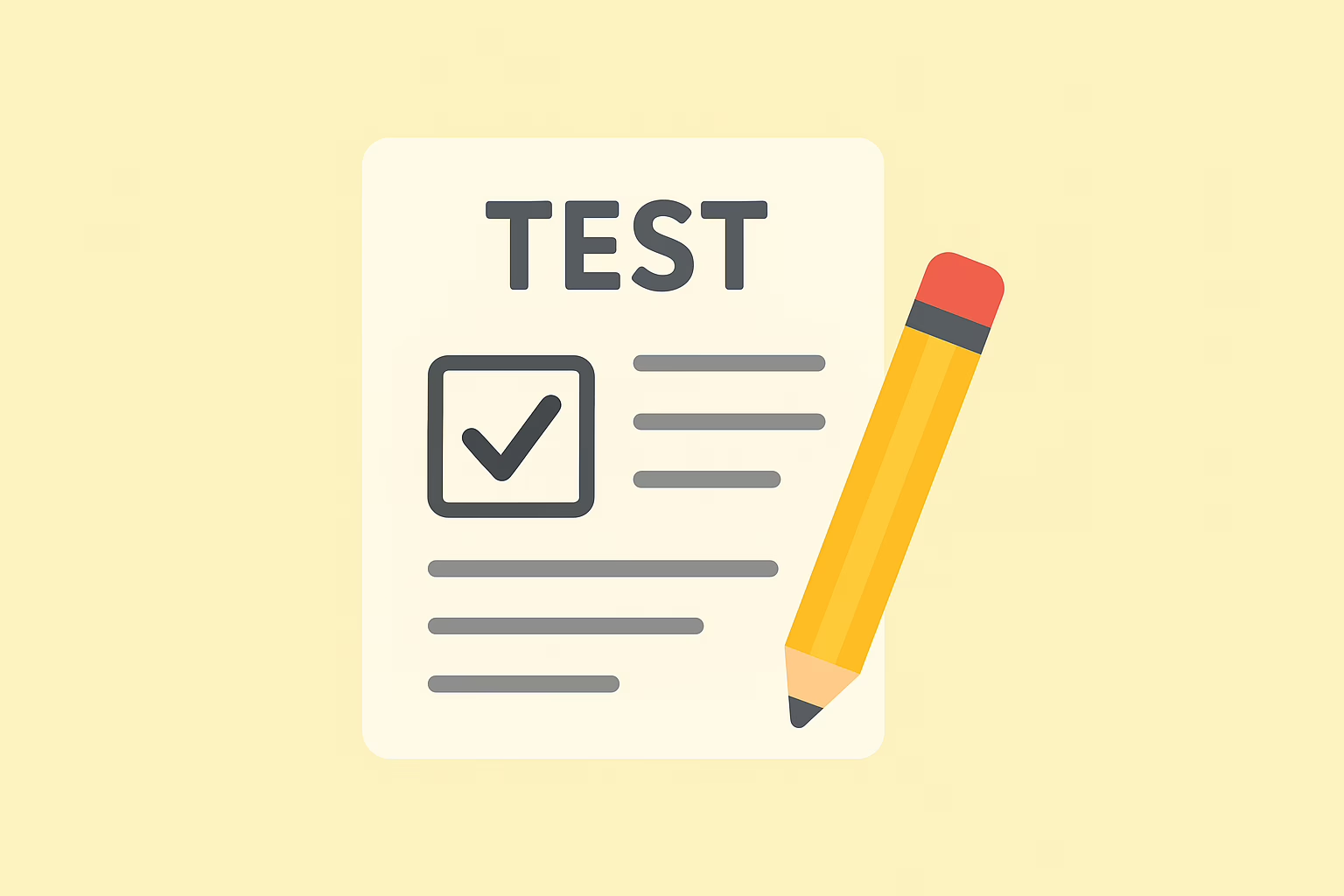
Open a Dedicated Bank Account
Open a checking account in the dealership’s name. The DMV expects your business finances to be separate from personal accounts.

Secure a Business Location
Your office must comply with DMV standards. Retail dealers need a display lot; wholesalers may qualify with an office setup only.
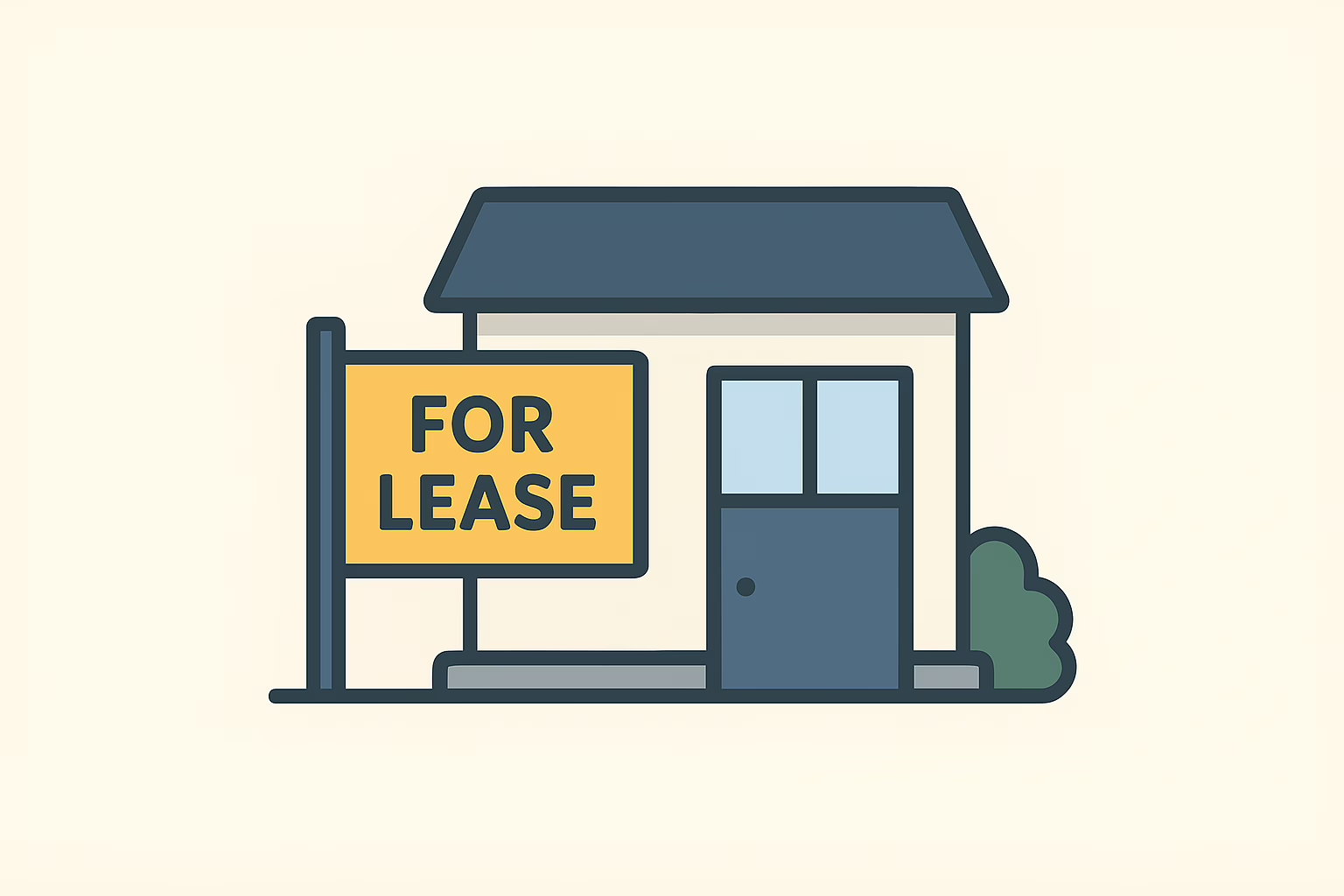
Obtain Business License
Apply for a business license with your city or county, and confirm that the property is zoned for vehicle sales.
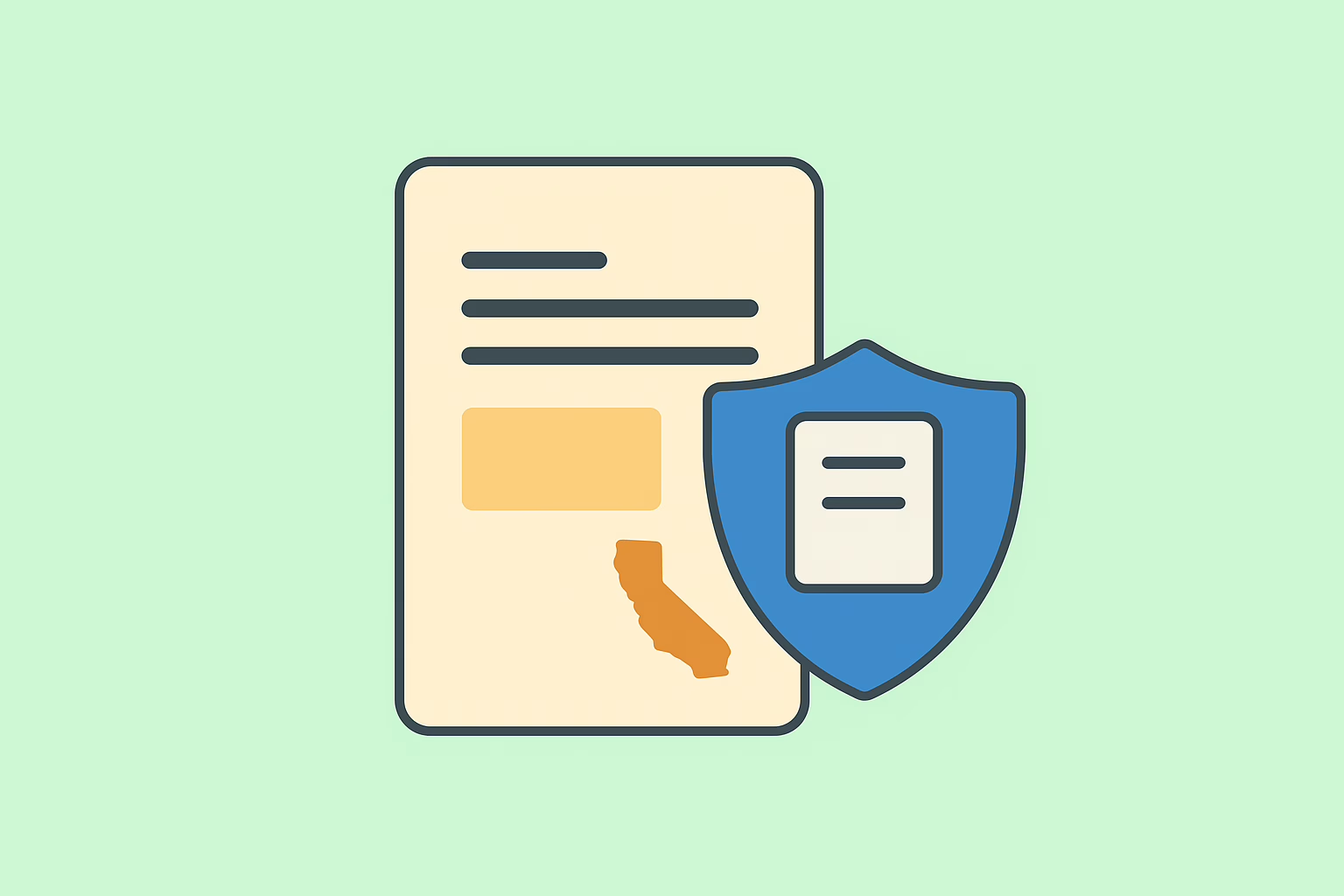
Register for a Seller’s Permit
Apply with the California Department of Tax & Fee Administration (CDTFA) for a seller’s permit so you can legally collect and report sales tax.

Purchase a Dealer Bond & Insurance
Secure a surety bond and liability insurance. Bond amounts vary by license type (retail vs. wholesale).
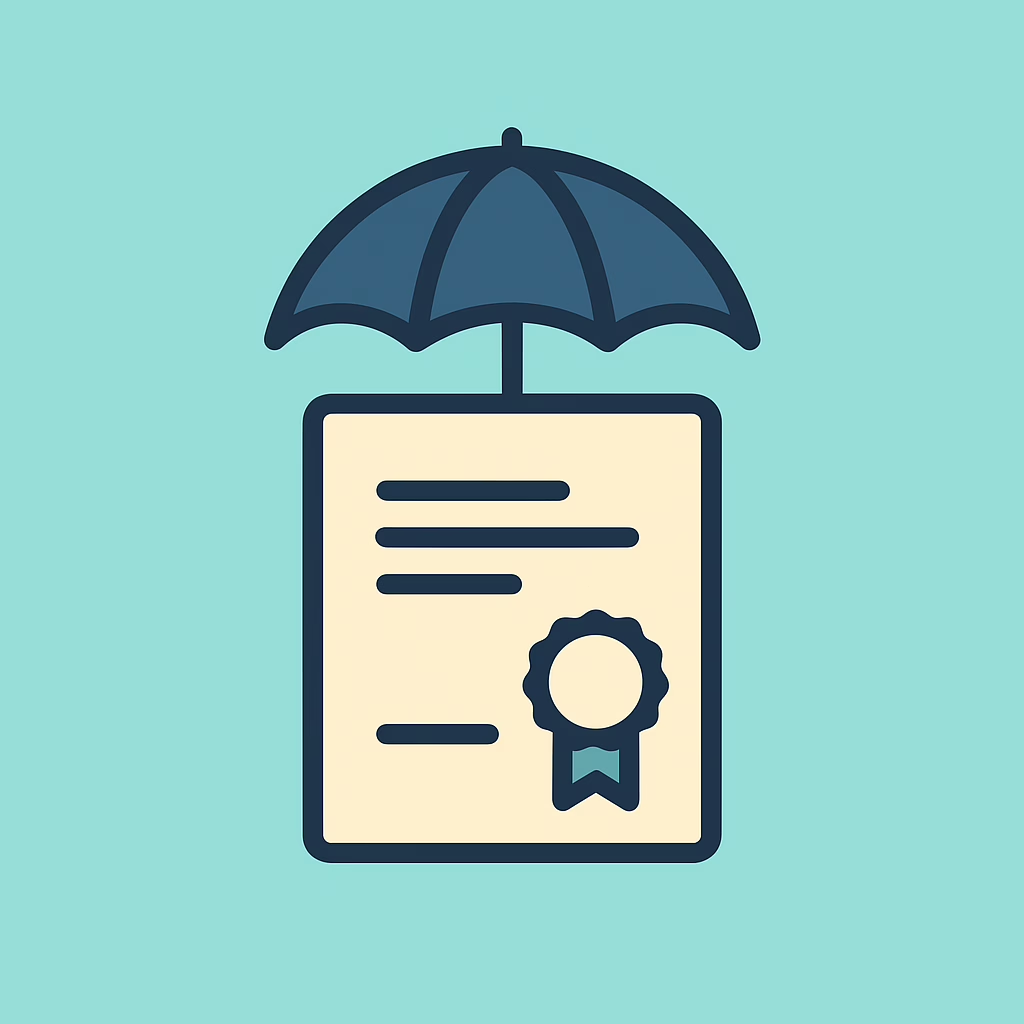
File Your DMV Application & Prepare for Inspection
Submit all forms, fees, and supporting documents. The DMV will then inspect your business location before issuing your license.
